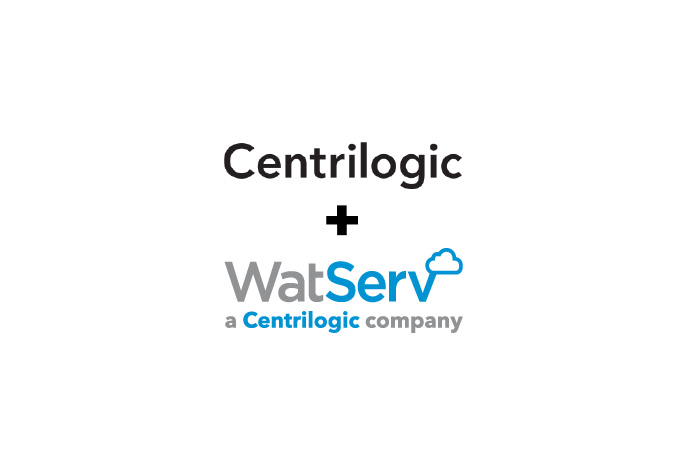Cloud Management Services: How to Implement Containers in the Cloud
WatServ
November 18, 2021
At WatServ, we are often asked about the most common issues that companies face when migrating to a cloud environment. We have even listed the 8 biggest barriers to cloud adoption and included key recommendations for handling each challenge.
Put simply, cloud management services can be deployed long before a migration takes place and can help define the strategy that is eventually used.
One of the challenges that we see with almost every migration is the need for entire systems to be migrated to the new environment. Over many years, some systems are designed, added to, and improved, and then so many bug fixes and sticking plasters have been applied, that it feels like any further change to the application might cause a failure.
Often these are critical applications that have been internally developed over time. For example, we have seen financial institutions using software that has been debugged and patched up over the years and without someone internally who really understands how it works – because the creator left the company.

How do you go about migrating these sensitive applications into the cloud?
Containers are the answer. Creating the ability to wrap up a virtual machine complete with the operating system, applications, and storage. You can recreate the exact environment where your application works in a cloud environment, ensuring a safe transition, even for the most unstable applications.
This can reassure even the most worried technology executive. When you know that some of your applications have been around forever and you can’t be certain of all the dependencies these systems have, using containers can allow you to migrate to the cloud and to preserve the integrity of these applications.

There are several different ways to design a container strategy
Docker (for Microsoft Azure) Integration enables developers to use native Docker commands to run applications in Azure Container Instances (ACI) when building cloud-native applications. If you are using Azure, then this does allow very tight integration so you can switch seamlessly from local development to cloud deployment.
Kubernetes is another alternative. It was originally developed by Google in 2014 and is a portable, extensible, open-source platform for managing containerized workloads and services. It has a large, rapidly growing ecosystem with service, support, and tools all widely available.
While it is common to compare Kubernetes with Docker, it’s more appropriate to compare to Docker Swarm – the container orchestration tool. This focuses on clustering for Docker containers—tightly integrated into the Docker ecosystem and using its own API. This is where things can get interesting, or complex, depending on your point of view.
Kubernetes is meant to run across a cluster while Docker only ever runs on a single node. Kubernetes is more extensive than Docker Swarm and is meant to coordinate clusters of nodes at scale in production in an efficient manner.
It’s worth looking back in time to understand clusters. Before the public cloud arrived, computer clusters consisted of a set of physical machines communicating via a local area network (LAN). Building a cluster involved careful planning to ensure it would meet present and future requirements, as scaling a physical cluster could take weeks or even months – it meant adding more servers inside your office.
Clusters still exist in the cloud, but they are different. Simply put, it is a group of nodes hosted on virtual machines and connected within a virtual private cloud. Using the cloud allows for much of the overhead involved in setting up a cluster to be entirely bypassed. Virtual machines can be provisioned on demand, allowing clusters to scale in minutes.
That is a lot of information to digest inside a short article, but to summarize, containers can allow you to transition applications to the cloud even when you are not 100% sure how they continue working – you can take the entire environment and data as well as the application.
There are certainly different ways you can build a container strategy, but whichever route you take it is recommended to engage a professional cloud management services provider, such as WatServ, to help the transition run smoothly and to maintain your cloud environment.
Are you just starting out and struggling to achieve cloud adoption? Does your organization need assistance getting to the cloud? If yes, WatServ is here to help you through every step. Schedule a quick call with our cloud experts and get started on your journey today.
About
WatServ is an IT solutions provider that helps organizations digitally transform through cloud technologies and managed services.
Serving clients as a trusted advisor since 2006, WatServ provides experience-tested, strategic solutions across all stages of the digital transformation journey. Clients choose WatServ to migrate infrastructure and applications to the cloud, secure critical data, implement disaster recovery, deploy virtual desktop, enable data-readiness for productivity solutions and manage IT environments.
Our clients span a broad range of industries, and we’re a global supplier of IT services for many Brookfield Portfolio Companies. To help our mid-size clients, we provide scalable offerings that simplify cloud adoption and drive business optimization. For enterprise clients, we co-create cloud solutions that enable stability and efficiency for complex IT tools and processes.
With more than 15 years of experience, WatServ has a track record of delivering quantifiable business results and a superior client experience. Ranked as one of Canada’s Top 100 Solution Providers for the last three years in a row, WatServ is always on.

